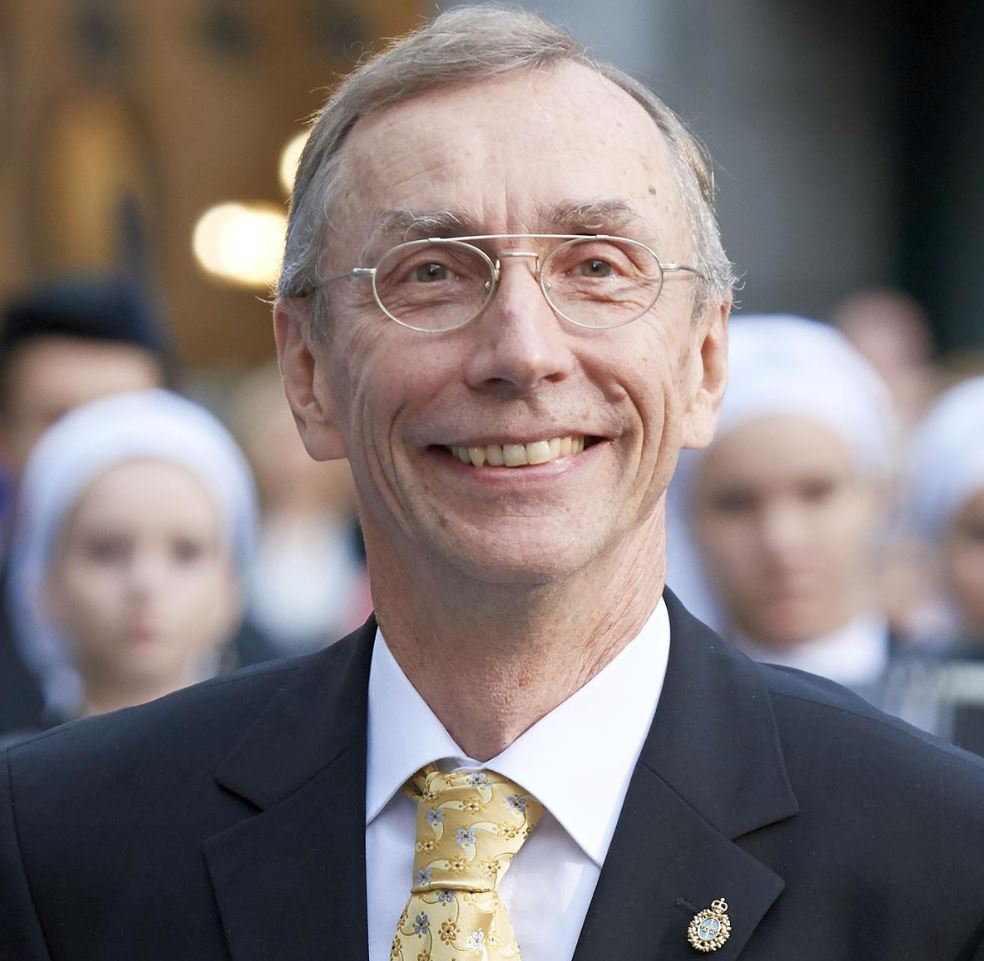On Monday, the Nobel Prize in Physiology or Medicine was presented to the Swedish researcher Svante Paabo. Paabo is credited with reclaiming genetic material from bones that are 40,000 years old, producing a complete Neanderthal genome, and initiating the field of ancient DNA research. For his work, Paabo was awarded the Nobel Prize in Physiology or Medicine.
The prize was awarded in recognition of an unlikely scientific career. Dr. Paabo had a childhood ambition of becoming an Egyptologist, so he focused his early years of research on the extraction of genetic material from mummies. Unfortunately, this line of investigation was doomed to fail due to the possibility that the samples had become tainted with his and his colleagues’ own DNA.
Within around twenty years, in 2006, he began an improbable attempt to read a Neanderthal genome. This endeavour was successful. He created what are known as clean rooms, which are chambers that are specialised to the treatment of ancient DNA. These facilities safeguarded his fossils from being contaminated by the genetic material of live people. And tremendous advancements in sequencing technology enabled him to interpret the type of seriously damaged DNA seen in ancient bones.
The Neanderthal genome was made public by Dr. Paabo in the year 2010. The book provided a new perspective on the topic of what, if anything, differentiated ancient people from those living now. In addition to this, it assisted researchers in tracking genetic variations in contemporary people and understanding the function that those genetic changes play in diseases such as Covid-19. In the year 2020, Dr. Paabo and a coworker discovered that persons who had inherited a segment of Neanderthal DNA had more severe symptoms when they were infected with the coronavirus.
Even some of Dr. Paabo’s most ardent supporters have characterised the win as being completely unexpected. Analysts have predicted for a long time that the scientists who mapped the contemporary human genome were strong candidates for a Nobel Prize. However, they did not anticipate that the scientist who sequenced Neanderthal DNA would get there first.
Geneticists, on the other hand, claimed that the two endeavours were intertwined: According to them, Dr. Paabo was able to interpret minute quantities of Neanderthal DNA, despite the fact that the samples had been damaged from being buried for tens of thousands of years. This was made possible by rapid advancements in sequencing technology that followed the launch of the Human Genome Project in 1990.
Once Dr. Pääbo cleaned away the bacterial DNA, dealt with the damage to the Neanderthal genes, evaluated the sequences and eventually reconstructed the genetic jigsaw puzzle, the image that emerged was stunning.
Archaeological evidence suggested that Neanderthals had coexisted with the progenitors of modern humans in Europe and Asia before the Neanderthals became extinct around 30,000 years ago. These ancestors had travelled from Africa to Europe and Asia. However, the general consensus was that modern humans were so different from Neanderthals that they had never interbred with them to have offspring.
David Reich, a geneticist at Harvard Medical School who specialises in ancient DNA and collaborated with Dr. Paabo on sequencing the genome, stated that the findings of Dr. Paabo and his colleagues’ analysis of the Neanderthal genome disproved this belief and demonstrated that modern humans and Neanderthals interbred on a regular basis. David Reich worked with Dr. Paabo to sequence the genome.
This mingling has left a significant mark on the genetic makeup. According to the findings of the study team, modern-day individuals living in Europe and Asia have one percent to four percent of their genomes inherited from Neanderthals. Neanderthals are not known to have been in Africa, thus it is safe to assume that they did not make any direct contributions to the genomes of the humans who lived there. However, experts think that other early human species most likely did.
In 2008, Dr. Paabo’s team extracted DNA from a finger bone that had been unearthed in a cave in Siberia. They determined that the bone had belonged to a previously unknown ancient human species that was eventually given the name Denisovans. This genome has also left its mark on certain modern people. Dr. Paabo discovered that gene variants that let current Tibetans thrive at high altitude may be originated from Denisovans.
According to Dr. Reich, the findings of those investigations not only resulted in the creation of a new map of human migration, but they also provided evidence of significant intergroup mixing that occurred in earlier periods of human history.
It is still difficult to get to the bottom of one of the most basic questions that Dr. Paabo’s study has brought up, which is what sets contemporary humans apart from other species. His study found genetic variations that are widespread among contemporary people but nonexistent in Neanderthals. This provides a kind of blueprint for the collection of mutations that differentiate Neanderthals from current humans.
However, researchers have not yet established a connection between those mutations and characteristics of modern humans, such as the ability to create figurative art, the existence of complex societies, large-scale social partnerships, and sophisticated innovation.
In recent years, there has been a surge in research concerning ancient DNA, yet this has not slowed the pace of the research. Some researchers believe that this is due, at least in part, to the extensive network of geneticists that Dr. Paabo has educated over the years and asked to participate in collaborative projects.
He is from a family that has a history of winning the Nobel Prize: In his memoir “Neanderthal Man,” published in 2014, he claimed to be “the hidden adulterous son of Sune Bergstrom, a well-known scientist who had shared the Nobel Prize in 1982.” He made this claim in the book. However, he said there was not nearly enough preparation for him to win the award on his own.

